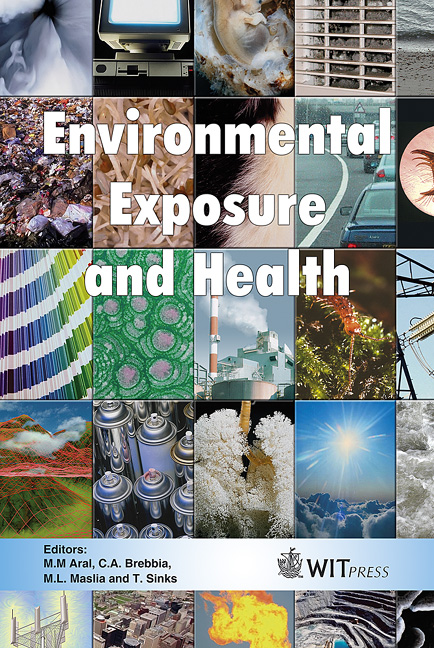The Role Of Apples In The PCDD/F Daily Dietary-intake
Price
Free (open access)
Transaction
Volume
85
Pages
7
Published
2005
Size
253 kb
Paper DOI
10.2495/EEH050271
Copyright
WIT Press
Author(s)
D. Cocârţă, A. Cemin, M. Ragazzi & A. Badea
Abstract
Waste incineration processes release substances which can accumulate in various environmental compartments: soils, vegetation, indoor dusts, animals and humans. The research presented in the specialized literature and developed until now demonstrates that food is the major route for human exposure to dioxin and dioxin-like compounds. This paper points out the contribution of apples to daily PCDD/F (dioxin and dioxin-like compounds) intakes in different scenarios. Apples sampled in different locations and literature data have been taken into account. The different roles of pulp and peel have been taken into account too. In the case of low environmental pressure the apples have a minor contribution in PCDD/F intakes, but in specific conditions the PCDD/F intakes by apples can significantly exceed the usual contribution. Keywords: dioxins and dioxin-like compounds, dietary-intake, exposure assessment, contamination. 1 Introduction The dioxin and dioxin-like compounds are hazardous chemical organic substances resulting from incomplete combustion, precursor compounds and de novo synthesis. The reasons for why these kinds of compounds are studied are the non-carcinogenic (negative effect on neurodevelopment, birth weight and immunity, skin diseases, immunological effects and diabetes risk, etc.) and carcinogenic effects (United States Environmental Protection Agency US-EPA considers one of the congeners Tetrachlorodibenzo-p-dioxins, TCDD to be a human carcinogen and that other PCDD/Fs are likely to be human carcinogens),
Keywords
dioxins and dioxin-like compounds, dietary-intake, exposureassessment, contamination.




